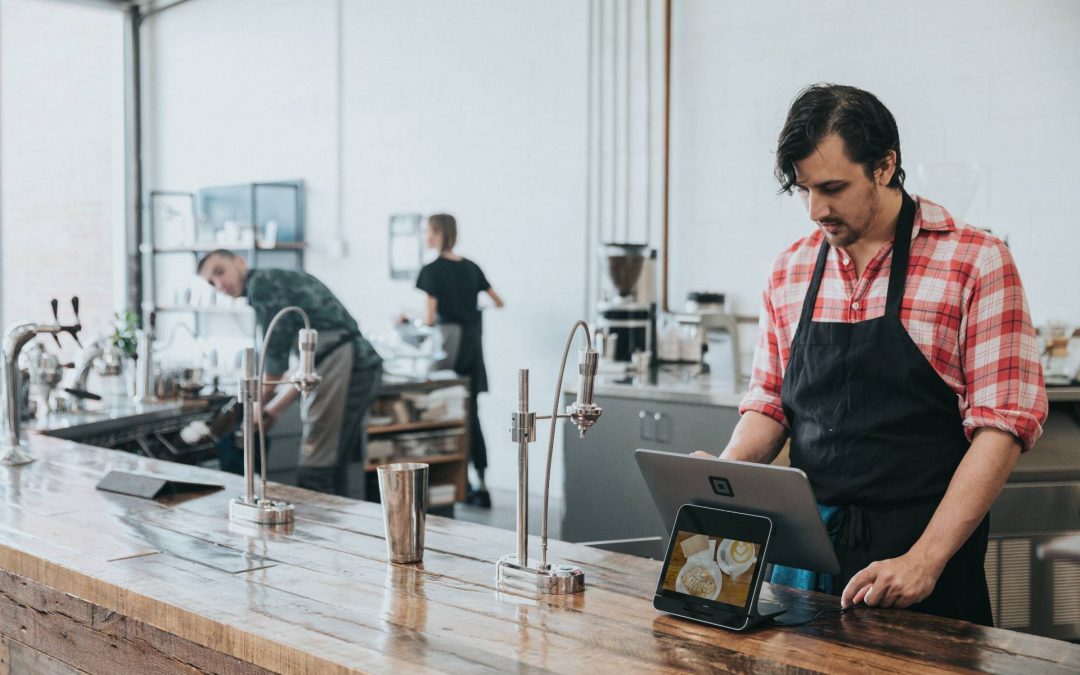Many experts believe a self-service kiosk will revolutionize the restaurant industry. E-commerce transaction has been changing for the last years, and now self-ordering kiosk is the future movement. If we take a closer look at how commercial changes happen by utilizing technology to increase transaction rate while reducing staff interaction, a self-service kiosk certainly moves similarly.
Before the COVID-19 pandemic, self-service technology was gaining traction. However, there were issues like labor shortages and wage gaps during the pandemic. Self-service kiosks act as a solution to many problems.
From the customer’s perspective, self-service kiosks act as intermediaries between customers and the restaurant. They can acquire what they need from the restaurant: meals and places to dine at while minimizing the spreading of the virus from the restaurant staff and other customers.
Certainly, COVID-19 is a catalyst for this new technology to thrive during difficult times.
When we take a look post-pandemic, the self-service kiosk offers decreased operating cost and enhanced customer experience, while for the customers, it provides reliability and purpose-driven technology that improves the experience for all parties involved.
Customer focused
If we look closer at the success stories of many businesses that focus on driving operational efficiencies through the self-service kiosk, many move their resources to a more meaningful and deeper experience.
When a self-service kiosk is first implemented in a restaurant, it is an option. There are multiple solutions on payment options, with and without cashiers. A self-service kiosk provides customers with quick checkout options when ordering additional meals. Customer engagement also increases the first time it is implemented.
The value of self-ordering technology goes beyond efficiency. Some restaurants say that the value is threefold from increasing revenue, reducing operational spending and offering better customer experiences. On average, the upselling increased to around 15% compared to when ordering from a cashier. At the same time, the restaurant can shift staff resources to improve other operational aspects, such as the kitchen or welcoming guests thoroughly from the moment they arrive to exit the establishment. Replacing a cashier, for example, with a quick-service restaurant kiosk can move that staffer, thus increasing production or giving a new experience for your customers.
Collaborative digital services ecosystems
This new technology gives the management new insight to strategize the business ahead. A self-service kiosk can act as a database of your customers from their age, sex, preference and order time to customize a plan to increase your business strategy in the future. Leave the bad, keep the good is the motto in improving your business using a self-service kiosk.
Every window also captures the duration of how long your customers take to order, which gives you the insight to increase the speed of service. Get in touch with our experts from WhiteBean to inquire how to set up the best kiosk specifically designed for your restaurant.
Automation, in the end, reduces human error and lets your employee focus on tactics, creative work and customer-oriented, which they are passionate about. While efficiency works best for Quick Service Restaurant by implementing a self-service kiosk, it can also benefit customer experience if you focus on that aspect by employing your free staff to the particular task.
A self-service kiosk can be regarded as an additional restaurant employee, just like many manufacturing industries view robots to replace their labor force. While the following industry has stood firm in its policy regarding robots, the F&B industry predicted a similar path in the future.
Image Credits: Nathan Dumlao

